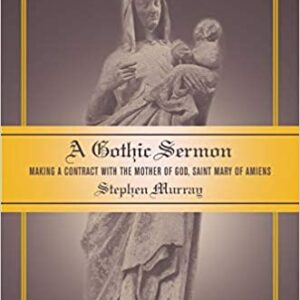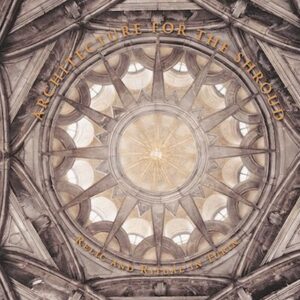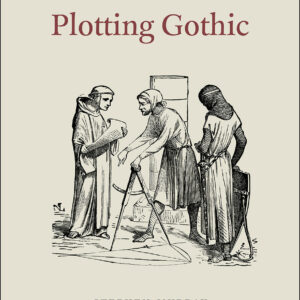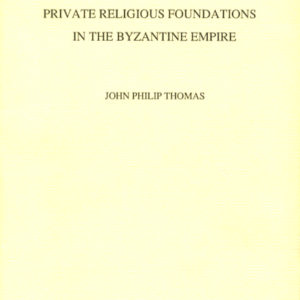
A Gothic Sermon: Making a Contract with the Mother of God, Saint Mary of Amiens
By Stephen Murray (NHC Fellow, 2003–04) In this groundbreaking work, Stephen Murray seizes a rare opportunity to explore the relationship between verbal and visual culture by presenting a sermon that may have been preached during the second half of the thirteenth century in or near the cathedral of Notre-Dame of Amiens, whose sculptural program was … Continued



